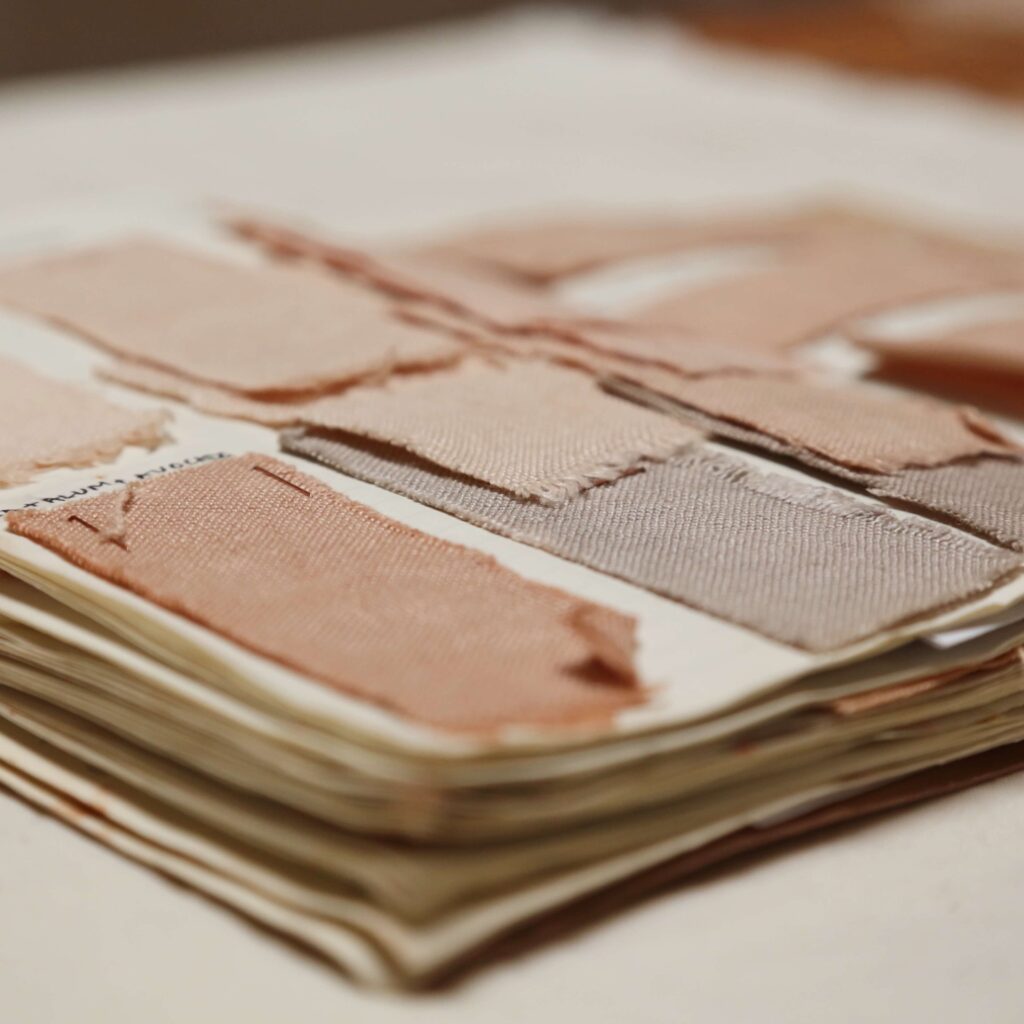
Dyeing with Avocado Stones: A Full Tutorial
Before we jump into the ins & outs of avocado dyeing, take a look at my free avocado dye mini-course. This 1-hour mini-course covers everything you need to know to start with the basics of natural dyeing with avocados. With immediate access to this 4-step process, I show you how to create beautiful shades of pink from food waste. You can enrol in the course here.
Overview of the main steps in the process:
- Step 1: Gather your avocado stones
- Step 2: Prepare/clean your fabric
- Step 3: Make your dye bath
- Step 4: Dye your fibre
- Step back & appreciate what you created!
Avocado Dye
Learning how to naturally dye can be a wonderful way to slow down and enjoy the benefits of a relaxing process while having something beautiful to show for your efforts. One of the most practical applications of natural dyeing is breathing new life into old fabrics and fibres, reviving old pieces with renewed purpose. I’ll never forget the satisfaction I felt when dyeing with avocado stones for the first time.
If you are new to natural dyeing, working with avocado pits, stones, or skins is a great place to start. Avocados are a wonderful source of natural colour and a simple beginner dye to work with. The seeds contain tannic acid, which acts as a natural mordant, binding the colour to your fibre without needing anything else to assist. A mordant is an ingredient that helps the dye bind to your fibre while increasing the colour & light fastness (how well the colour holds up to the sunlight & also washing). Avocado dye is one of the easiest natural dyes to start with!
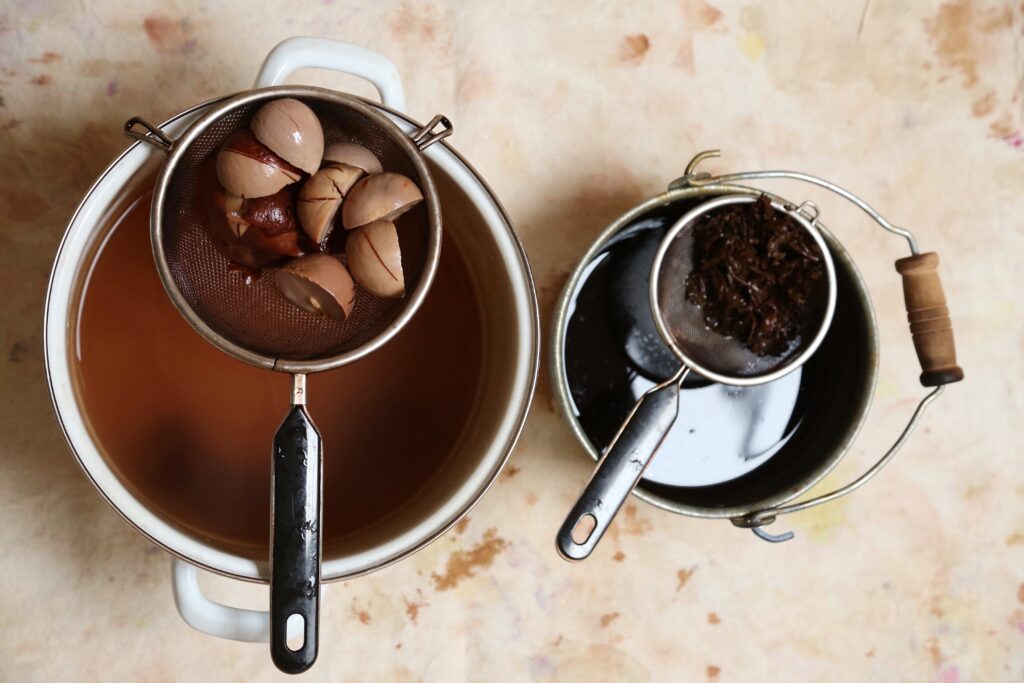
Colour From Avocado Dye
Many first-time dyers are surprised to learn of the beautiful shades of pink possible from avocados. Depending on the variety you use, where they come from, and the time of the season, you can expect a range of beautiful tones. Avocados’ colours usually range from apricot and peach to salmon and light pink shades. For certain colours, you can add acidic or alkaline ingredients, like vinegar or baking powder, to experiment with the full range possible.
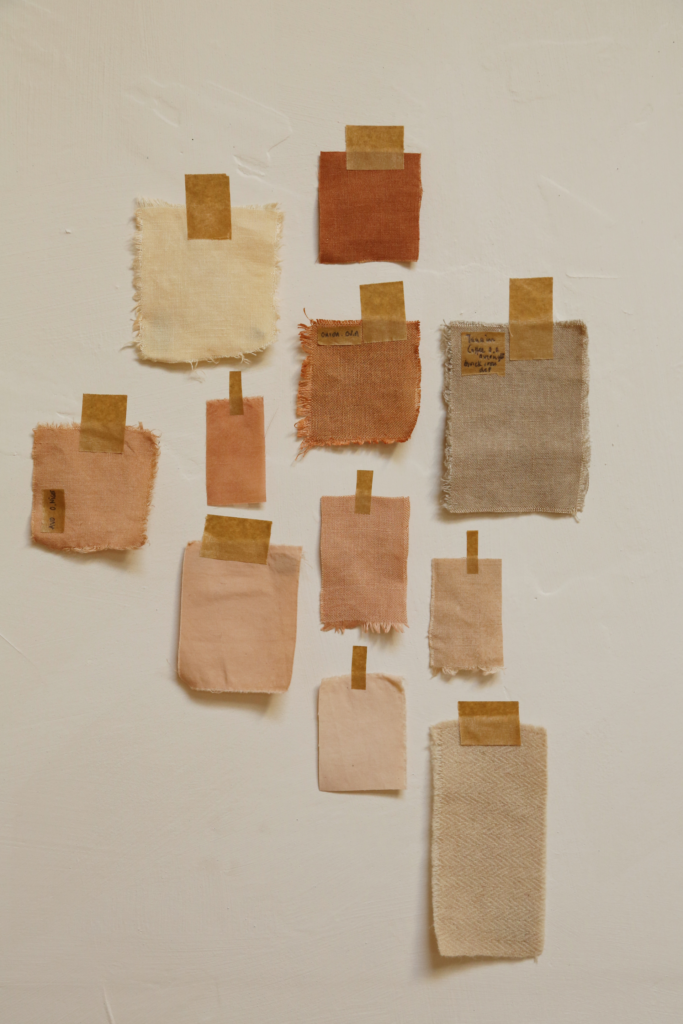
Gathering your avocado pits or stones
The amount you gather will depend on what you want to dye. To dye a small item, collect at least 6-8 for light shades of pink and 8-14 for medium to dark shades. The more stones you use, the stronger shades your dye will produce.
How many avocado pits or skins should I use?
The general rule of thumb is to use at least the same amount of avocado pits or skins as the weight of your fibre. If you are dyeing a few pieces, and together, they weigh 400g (when dry), then use 400g of avocado pits or skins. If you want darker colours, then use more avocados.
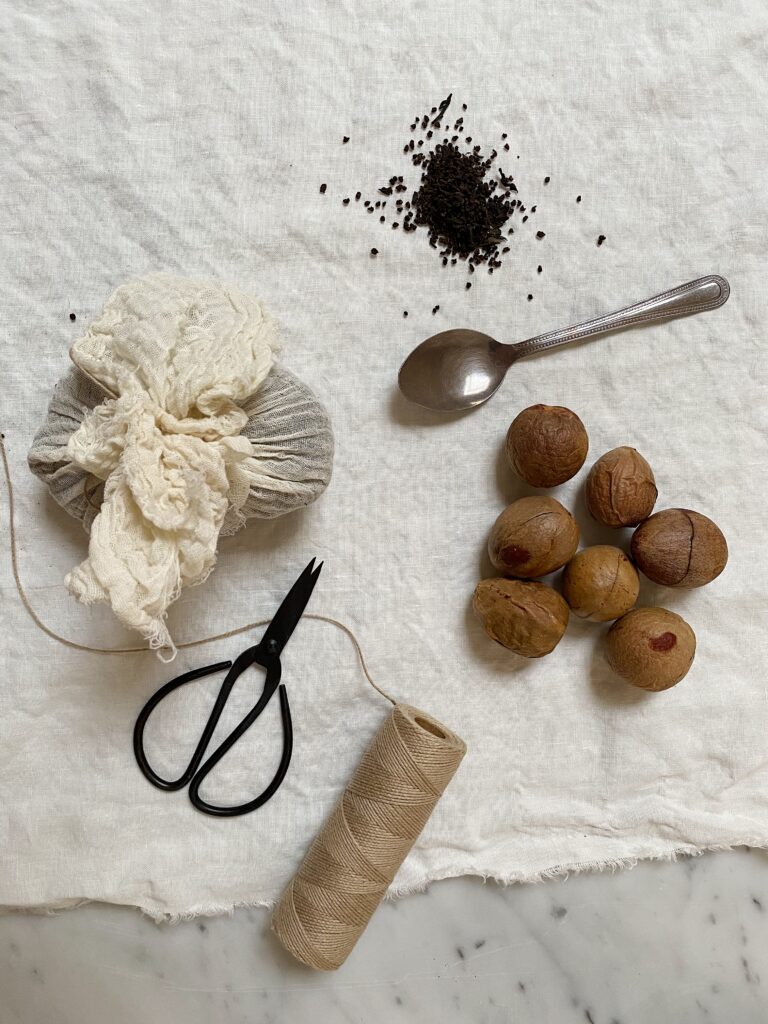
How thoroughly should I wash off the flesh before dyeing?
Be as thorough as possible. Remove flesh from the pits by washing with a scrubber until nothing remains. If you use the avocado skins, you must be more careful with your touch. Use a scrub or dish sponge to clean out the inside of the skins and remove as much of the flesh as possible. If you don’t clean them thoroughly, the remaining flesh can affect your avocado dye and give you murky colours.
What’s the best way to store the avocado skins and stones until you’re ready to dye?
I used to store my avocado stones in a container of water by the sink. These days, I clean off all the flesh & store them in a bowl until I need to use them. When it comes to storage you have a few options, you can store them in an airtight container in the freezer until you have enough to dye with naturally. You can store them in a jar of water until you can use them in your dyeing. You can also let them dry & store them in a paper bag away from direct sunlight. The choice is yours 🙂
Do I need to use mordant fabric when dyeing with avocados?
As mentioned, avocados are a simple beginner dye because the pits contain tannic acid, which acts as a natural mordant. This mordant binds the dye colour to your fabric without adding a separate mordant. A mordant is an ingredient that helps the dye bind to your fibre while increasing the colour fastness. A mordant fixes the dye to the fibre & stops it from washing out. If you want to add a mordant, you can, but if you are new to natural dyeing, you can go ahead & try dyeing without a mordant when using avocados stones.
Will my tap water affect the colour outcome?
Many natural dyes are sensitive to changes in their environment and can produce different colours depending on the acidity or alkalinity of a dye bath or the water used. The more minerals present in your water, the deeper your pink will be. Don’t worry too much about this, as your water comes as it is. You can experiment with shifting the colours if you want. Use acidic ingredients (vinegar) to bring out peachy pinks or alkali ingredients (baking powder) to bring out purple hues.
How do I prepare my fabric?
When natural dyeing, you must always clean or prepare your fabric before moving on to any other stage. Fabric can contain waxes, oils or residues & we remove these by a process known as scouring. To scour your fabric, place it in the washing machine on a 40* wash with 1-2 tbsp of sodium carbonate. Sodium carbonate is an alkaline cleaning agent that helps remove oils & residue from the fibre. You can often find it in the cleaning sections of supermarkets or grocery stores. In Ireland & the U.K., it’s commonly sold as soda crystals or washing soda.
What you need to dye with avocado pits or skins
- Strainer or sieve
- A large pot (big enough to hold whatever you are dyeing comfortably)
- 3 to 5 cleaned avocado pits per ½ pound of fibre (more pits will produce a stronger, deeper colour)
- Cleaning agent: soda crystals, washing soda or soda ash. (Use baking powder if you can’t get any of the sodas mentioned)
- A water basin to soak your fibre after cleaning & before you dye.
- Something to dye (t-shirt, pillow case, fabric, napkins etc.)
- A wooden spoon for stirring & removing your fabric
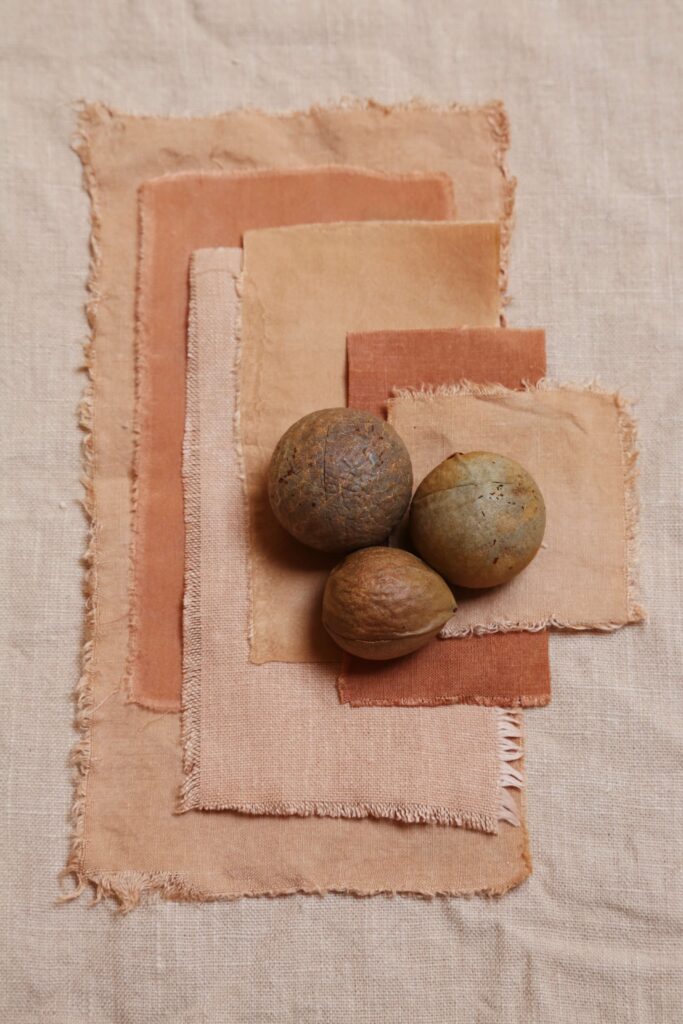
How to make avocado pit dye:
- Pre-wash your fibre in the washing machine, using 1 tsp of cleaning agent for every 100g of fibre; do not add detergent. If your t-shirt weighs 150g, use 1.5 tsp of cleaning agent.
- After washing, soak your pre-washed fibre in a basin or bucket of water while you prepare your dye.
- Fill your dye pot 3/4 with water. Add your avocados to the pot. There is no need to cut or chop the stones; they can be added whole.
- Place your pot on the heat & bring it to a gentle simmer. It will take some time for the water to heat up & extract the dye. You should have a nice strong dye after 3-4 hours.
- Once your dye is ready, strain out the avocado stones.
How to naturally dye fabric with avocado stones
- Take the fabric that has been soaking, squeeze out the excess water, and gently add your piece to the dye, making sure it is fully submerged in the dye.
- Simmer gently for at least 30 minutes, longer for darker shades. The longer you leave it, the darker your colours will be.
- When you are happy with the colour, turn off the heat, let the dye bath cool & carefully remove your fibre. For darker colours, leave your fibre to soak in the dye overnight.
- Hang your piece to dry for 1-2 days, then wash on a cold cycle using an eco-friendly detergent & enjoy your new naturally dyed piece!
- If you plan on dyeing wool, alpaca, cashmere, or any animal fibre, let the dye bath cool completely before adding your fibres. For best results, leave your animal fibre in the dye bath overnight. Longer for darker colours.
Learn more about natural dyeing
If you want to learn about natural dyeing with simple ingredients like onion skins or avocado stones you can enrol in my free mini-course. ‘Naturally Dye Fabric With Avocado Stones‘. The class is hosted on teachable, to enrol enter your email & create a password.
Free Natural Dye Resources
For more beginner guides, look at other natural dye tutorials here. If you have been wanting to give natural dyeing a go, I would strongly recommend you start with avocados for surprising pinks or yellow onion skins for, you guessed it, yellows:) These are fun dyes, as neither requires a mordant, making them more straightforward. If you’re looking for a project to entertain yourself or a project for your kids, why not give this a go? Avocados are a great dye to introduce kids to the process & teach them about the richness of our natural world. Grab a plain t-shirt, an old pillow case or something white, off-white or cream & get dyeing.
Natural Dye Colour Guide
If you would like to learn more about the colours you can get from dye plants or sources of natural colour, take a look at ‘The Guide To Natural Colour & Plant Dyes‘ ebook. This comprehensive download will give you access to 200+ dye plants, detailed by plant type & colour. Cost: €18.
EXPAND YOUR NATURAL DYE SKILLS & DEEPEN YOUR PRACTICE
Whether experimenting with this plant or curious about other natural dyes, there’s so much more to discover. In the next few weeks, I’ll be re-opening enrolment for my Foundational Natural Dye Course & Coaching, where we’ll dive deep into the art and science of creating beautiful, sustainable colours from nature.
If you want to deepen your practice, this course will take you through foundational techniques of natural dyeing. Expand your craft & elevate your learning with live classes, a full natural dye curriculum & expert guidance to help you along the way. Keep an eye out for more details.
Until then, happy colour adventures!
x Kathryn

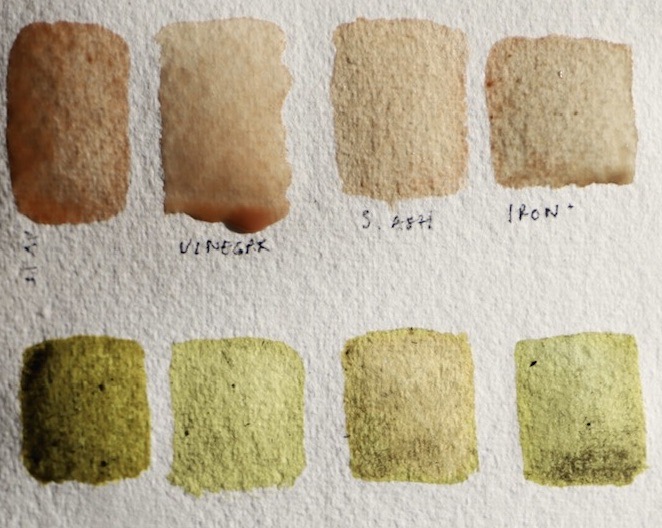
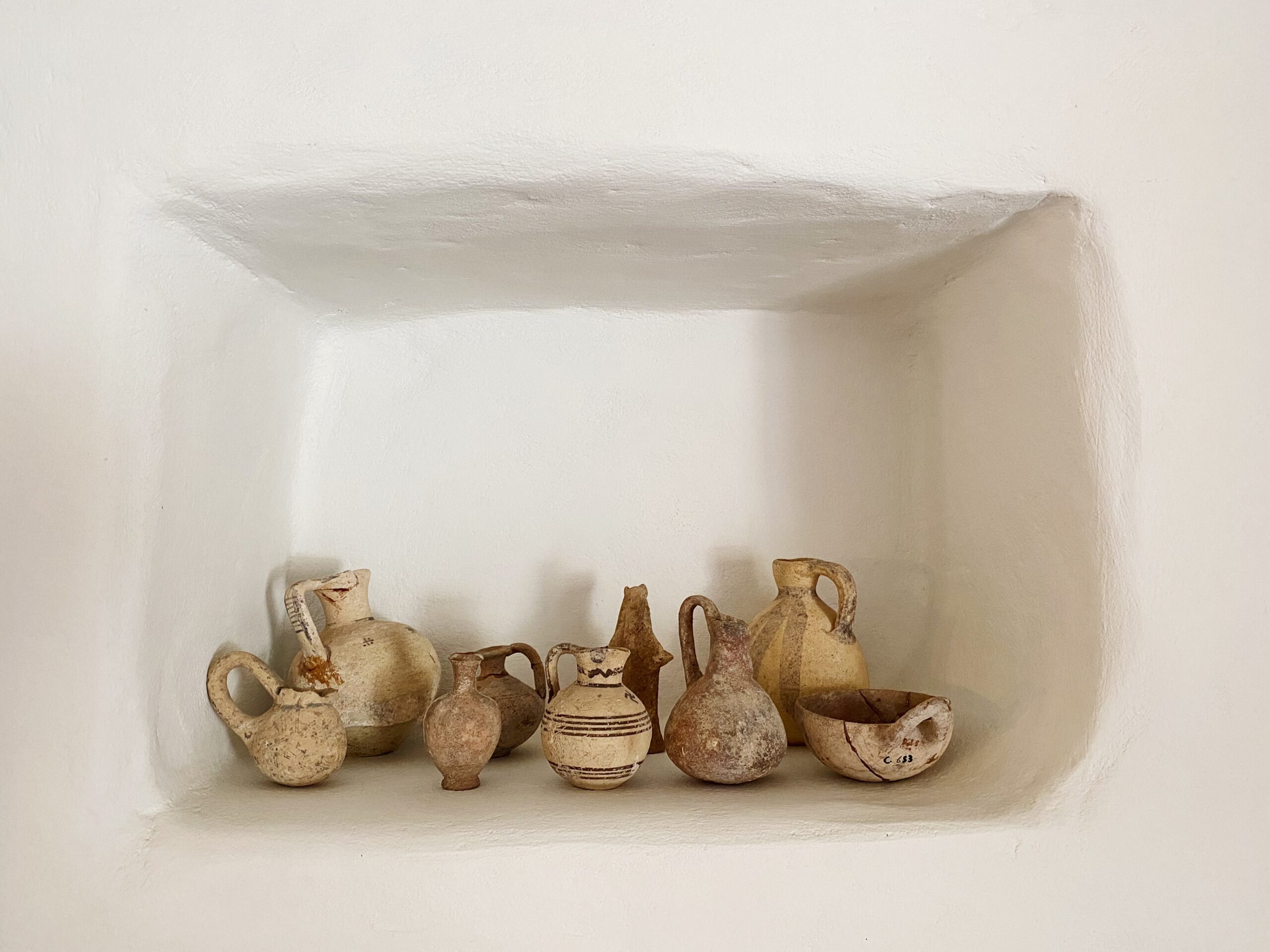
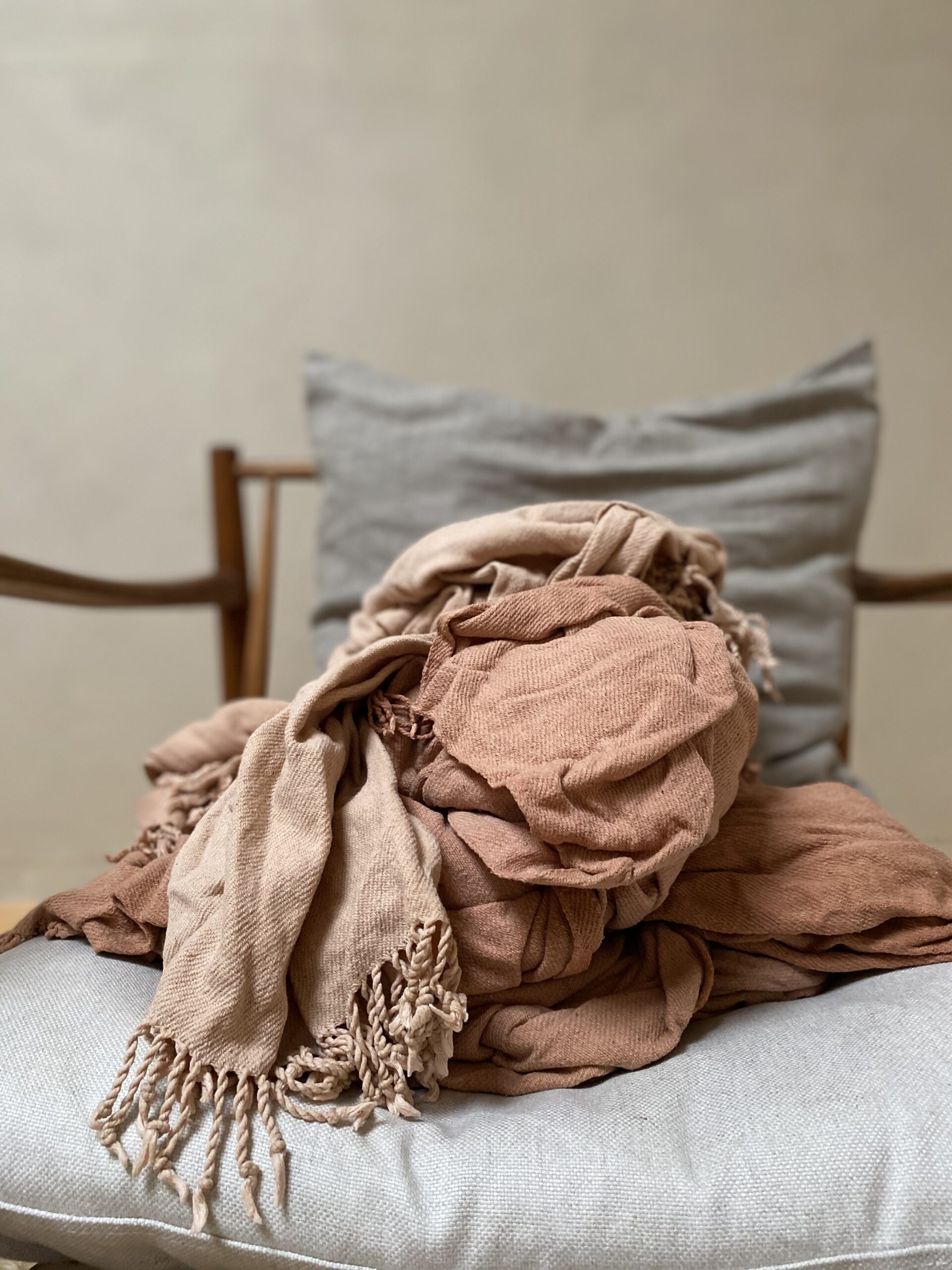
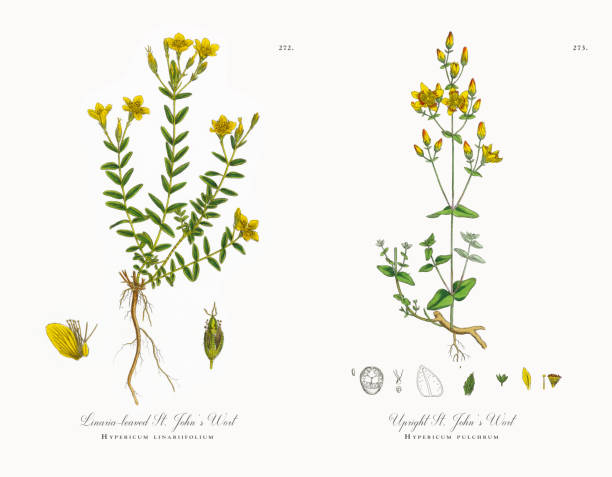
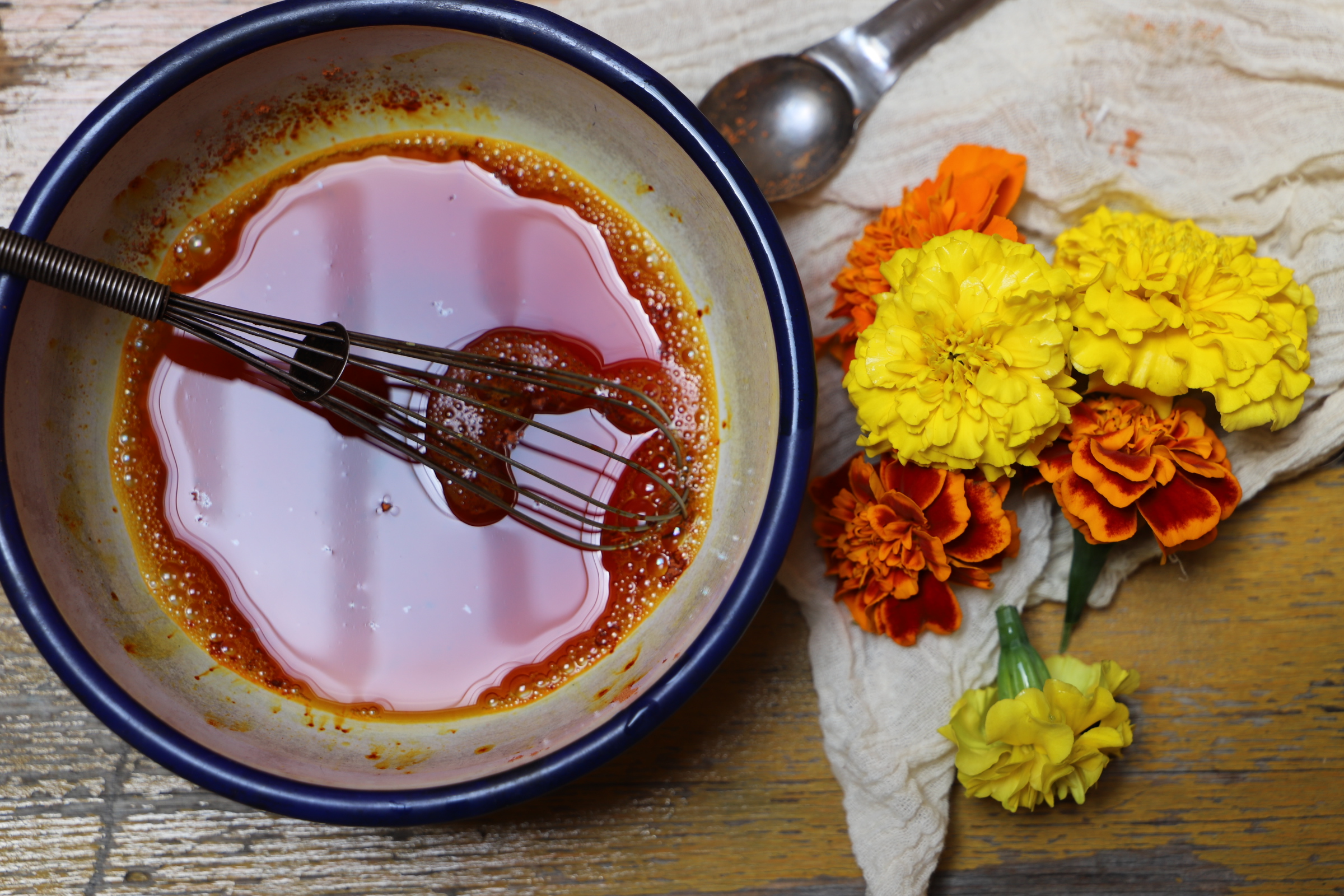
+ show Comments
- Hide Comments
add a comment